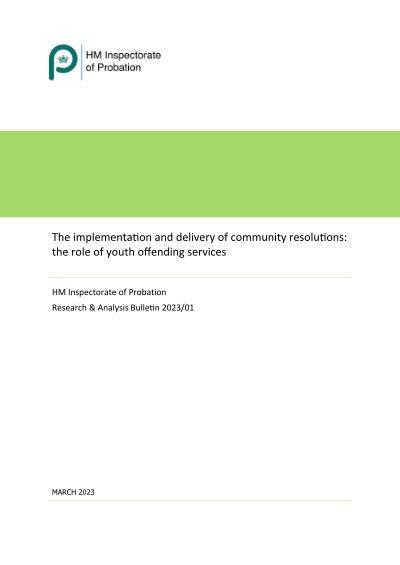By Aisha Ofori, Carmen Robin-D’Cruz, Bami Jolaoso and Stephen Whitehead
Youth diversion is a set of informal, non-statutory practices in which children and young people are provided the opportunity to avoid a statutory out of court disposal or a court prosecution if they complete community-based interventions. It offers children and young people a crucial alternative, allowing them to avoid the damaging consequences of formal justice processing and the likelihood of becoming deeper entrenched into the youth justice system. However, at present, there are concerns that diversion is not equally available to all, potentially exacerbating the racial disparities that already mar the system. As the House of Commons Justice Select Committee reported, ‘race disproportionality is significant and fundamental, visible in every part of the youth justice system’. Given the significant and potentially life-long harms which come with unnecessary involvement in the justice system, ensuring equal access to diversion is essential. This project explores the experiences of children and young people, some of whom had been diverted and some of whom had not, with a particular focus on how they perceived their ethnicity to have impacted the youth justice process and outcomes. Eleven children and young people currently in the youth justice system participated in face-to-face interviews about their experiences with the police, solicitors and youth justice services, and how they perceived these experiences to have been influenced by their ethnic background. This research, funded by the Esmée Fairbairn Foundation, follows on from our previous project ‘Equal diversion? Racial disproportionality in youth diversion’ and is a crucial step towards expanding the limited evidence base on youth diversion in England and Wales.
London: The Centre for Justice Innovation, 2022. 21p.









